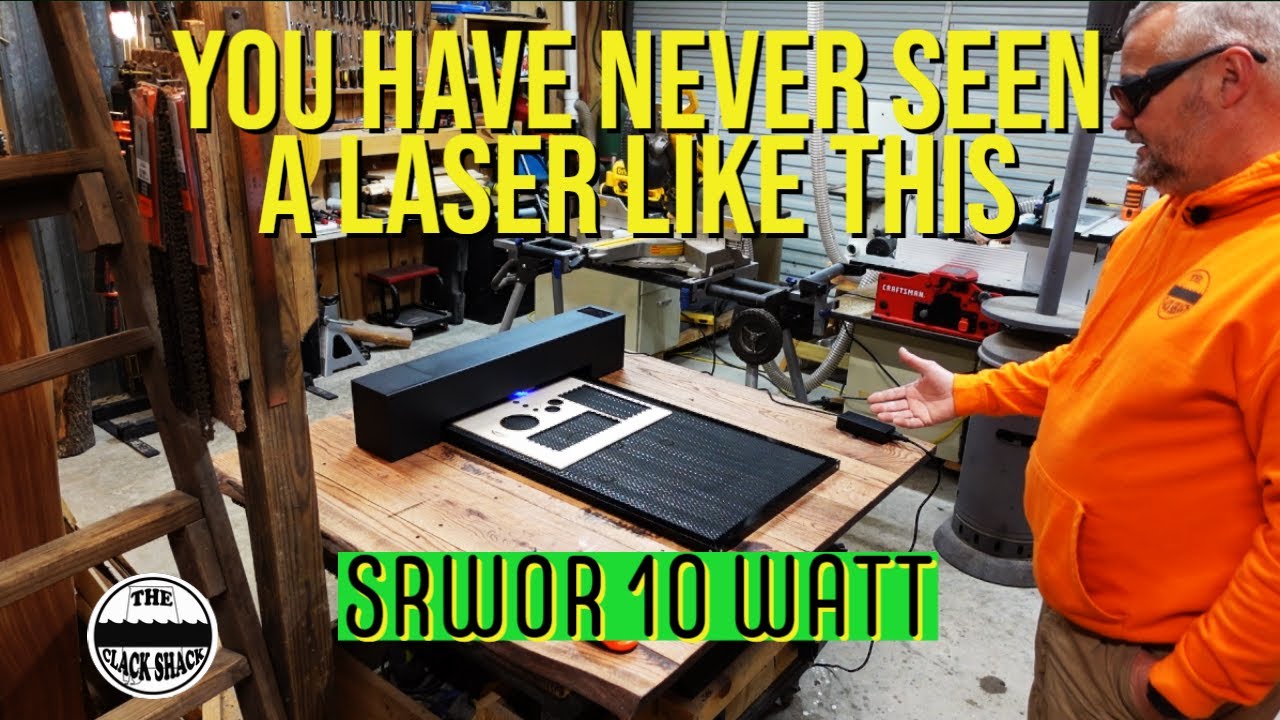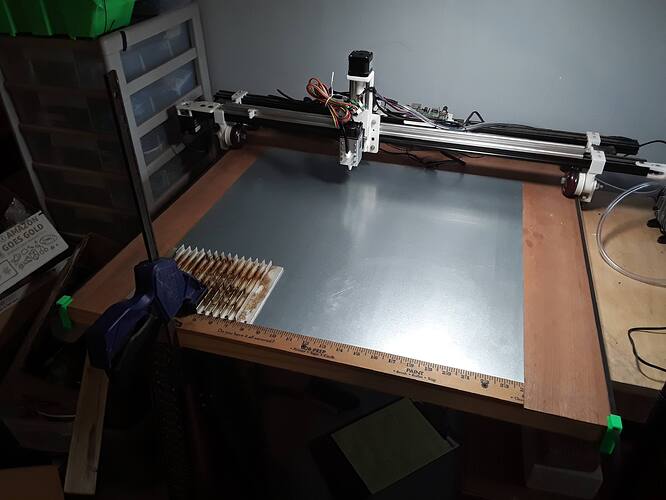Speaking of rolling plotters… I just found this video of the SRWOR 10W self-propelled laser engraver. Just $700 and you can have one of your own! ![]()
A pretty interesting machine, he puts it through a few tests that highlight some of the same issues I saw with my “free-rolling” system before it morphed into the gantry for my now dismantled LowRider-inspired Foam Ripper. Once I belted it up ala LR and constrained it to the worksurface with small training wheels, it became a reasonably accurate and repeatable machine…
– David

